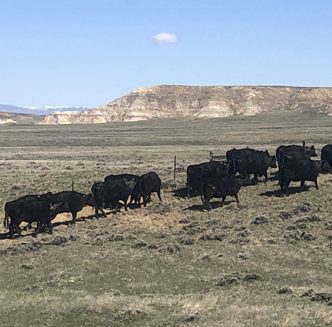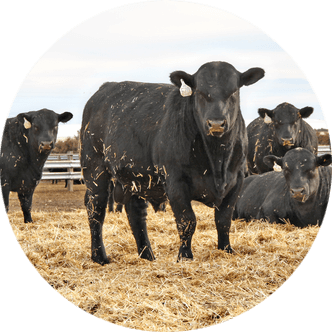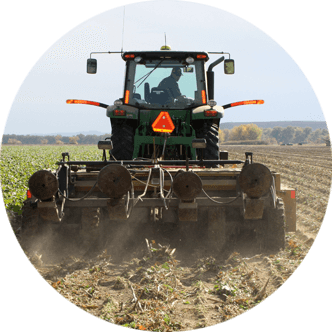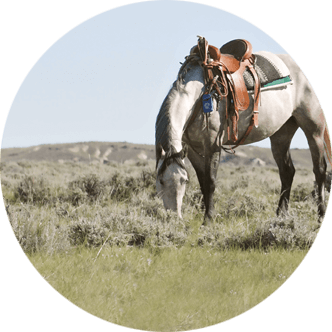The Value of Data in Agriculture
By Wyoming Department of Agriculture
Data may not be the first thing one thinks about when they hear the words agriculture, ranching or farming, but this doesn’t mean it’s not of vital importance to each. Gathering data in agricultural operations not only helps producers make better decisions, it helps protect their operations and allows them to make plans for the future.
The tools available to producers continue to grow and evolve to assist in almost every aspect of the industry. Developments in precision agriculture, resource optimization, animal health and more are constantly evolving and providing opportunities to improve the industry and the commodities produced.
Having the right data can make a big difference in any operation. It can help improve decision-making on the ranch by helping guide the best time to sell their cattle based on market trends and other variables, as well as help with grazing and herd management strategies.
It can also increase efficiencies in an operation by following the feed conversion and growth rate of specific breeds and by determining which areas of land are best suited for grazing at any given time. Data can be utilized to monitor grazing lands, improve animal health, help guide business decisions and more.
Not only does having good data help producers, it can also help protect grazing allotments by showing the positive impacts of agriculture into the future.
A good example of the importance of data can be found in the Rangeland Health Assessment Program (RHAP) through the Wyoming Department of Agriculture.
This program started in 2010 and helps researchers and producers gather important data to the industry. It has been providing an avenue for cooperative monitoring, education and important data collection since its inception.
The RHAP program’s principal focus is centered on the cooperative involvement of all parties, beginning with the design of the project, education related to methodology and determining the health of rangelands, which can lead to sustainable grazing now and into the future.
This program provides an avenue for permittees to be more involved in adaptive management strategies, founding decisions based on scientifically defensible data and credible monitoring data for National Environmental Policy Act requirements essential for permit renewals on federal lands.
The program provides sound scientific data which can be used to guide future management decisions, as well as provide data for permit renewal.
The RHAP program is just one example of data collected to help optimize and move the industry forward.
Data from across operations can help producers make sound business decisions, while continuing to be the best stewards of the land and maintaining the agricultural culture and heritage of the state of Wyoming into the future. The more useful data that can be collected and utilized, the more successful an operation can be.
The Wyoming Department of Agriculture is dedicated to the promotion and enhancement of Wyoming’s agriculture, natural resources and contribution to Wyoming’s quality of life. For more information, visit agriculture.wy.gov.





